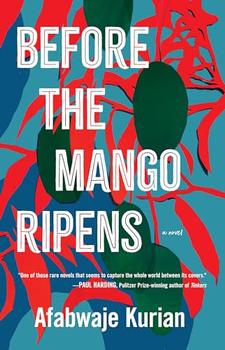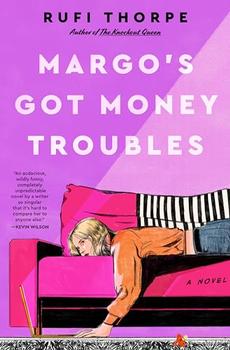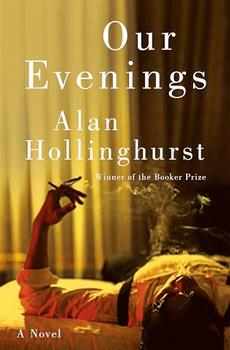(10/7/2012)
Sea of Poppies is the first book of the Ibis Trilogy by Amitav Ghosh. This is a beautifully told story set in India, the Indian Ocean and the Bay of Bengal on the eve of the First Opium War. The Ibis is an ex-slave ship purchased by merchant Benjamin Brightwell Burnham for the purpose of transporting indentured labour from Calcutta to Mauritius. Ghosh gives the reader a veritable feast of characters: Deeti, the strong-willed wife of Ghazipur opium addict, Hukam Singh; Hukam’s uncle ruthless Bhyro, a recruiter of migrant labourers; carpenter Zachary Reid, the son of a Baltimore Negro freedwoman and her white master; Burnham, merchant and closet masochist; Jodu, a boatman; Raja Neel Rattan Halder, a debt-ridden zemindar; Serang Ali, leader of the lascar seamen; James Doughty, a pilot for ships entering Culcutta; Kalua, a low-caste ox-cart driver; Paulette Lambert, the feisty orphaned daughter of a French botanist; Baboo Nob Kissin Pander, Burnham’s accountant who is a virgin celibate with strong religious beliefs; Captain Chillingworth, engaged for his last sea-voyage; first-mate Jack Crowle, a man with an inferiority complex and a sizeable cruel streak; and Chinese-Indian opium addict, Ah Fatt. Ghosh carefully develops each character, weaves them into this marvellous tale until they end up on the Ibis together. It feels like the Ibis herself has drawn each of the characters to her. Significant characters are also tied together by their stylistic depiction in a drawing for Deeti’s shrine. Ghosh provides information on many subjects: enforced poppy cultivation in India, opium factories and the opium trade with China; opium addiction; the caste system; bore waves; foreign traders in Canton; Chinese pirates. By incorporating it all into this mesmerising tale, he makes it interesting and easy to assimilate. With a cast of characters from such diverse backgrounds, the languages they speak are also varied, ranging from proper English to pidgin and patois, and the Chrestomathy in the appendix is helpful as a glossary for some of the words used, as well as expanding on Neel’s story. Ghosh’s fascination with the migration of words into other languages is apparent, and, with snippets of Bhojpuri language, folk songs, nautical terms and colloquial Anglo-Indian, the dialogue has a truly authentic feel. There is some beautifully descriptive prose and marvellous imagery: “The noise never failed to amaze him: the whiplash crack of the sails, the high-pitched shriek of the wind in the rigging, the groan of the timbers and the surf-like pounding of the bow-waves: it was as if each ship were a moving tempest and he an eagle, circling close behind to hunt in the ruins of her wake.” and “The wind was blowing strong and hard, and the waves and the clouds seemed to be racing each other across a single, vast firmament, with the schooner straining in pursuit, her timbers groaning with the effort of the chase. It was as if the alchemy of the open water had endowed her with her own will, her own life.” The ending leaves the way open for all sorts of developments in the second book of the trilogy. A brilliant read.



